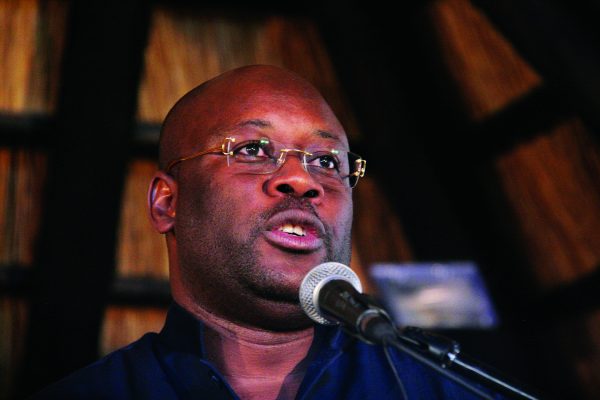
Mines and Mining Development minister Winston Chitando says his vision is centred on making Zimbabwe a destination for mining investments and timeous implementation of policies to grow the sector.
BY NDAMU SANDU
Chitando was sworn in as a Cabinet minister on Monday to head the ministry under a new administration led by President Emmerson Mnangagwa.
The former Mimosa executive chairman — one of the technocrats roped in to help steer the economy under the new dispensation — said his vision was designed to increase capacity utilisation, capital for miners and exploration.
“Capacity utilisation is very low, apart from platinum, which stands at 100%. It is important that firstly we target to ensure that there is increased capacity utilisation,” Chitando said on Friday at the release of the 2017 Mining Industry Survey report.
He said there was need for capital inflow into the sector to open new mines, adding that local investors were shy in investing in the mining sector, but were comfortable to put money in retail and manufacturing.
Chitando said increased confidence would lure local funds into the mining sector as well as attract foreign investors. He said there was need to ramp up exploration by having exclusive prospecting orders (EPOs).
“At some stage, we had over 300 EPOs but at the moment, we have three EPOs. Zimbabwe is under-explored. Most of the exploration data we have here was generated in the 50s and 60s and Zimbabwe has not been subjected to exploration using modern techniques,” he said.
- Chamisa under fire over US$120K donation
- Mavhunga puts DeMbare into Chibuku quarterfinals
- Pension funds bet on Cabora Bassa oilfields
- Councils defy govt fire tender directive
Keep Reading
In his 2018 national budget presentation on Friday, Finance minister Patrick Chinamasa said the mining sector was projected to grow by 7,5% in 2017, with most minerals anticipated to record output gains in the medium term.
“This is being supported by modest recovery in international mineral prices for most minerals, including nickel, platinum, chrome and granite. As a result, mineral export receipts of $2,5 billion are projected for 2018, up from $2,3 billion in 2017,” he said.
The mining industry contributes around 13% of gross domestic product and 68% of Zimbabwe’s total export receipts. The sector is capital-intensive, with local financiers incapacitated to meet the industry’s needs.
Chitando said policy consistency and clarity were some of the key issues that had to be put in place to build and maintain confidence.
“This will enable Zimbabwe to attract the much-needed investment in the sector.”
Chinamasa said government would amend the Indigenisation and Empowerment Act and make the 51:49% threshold applicable only for the diamond and platinum sectors.











